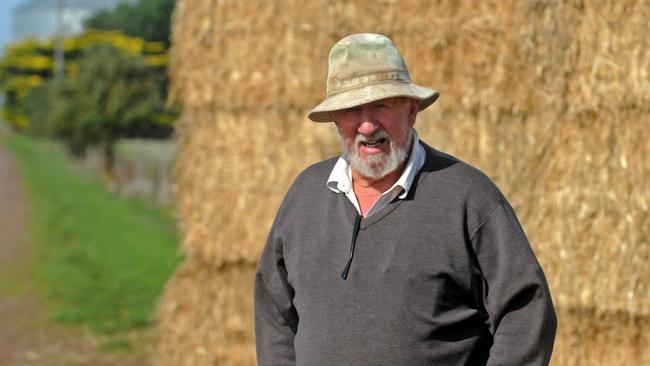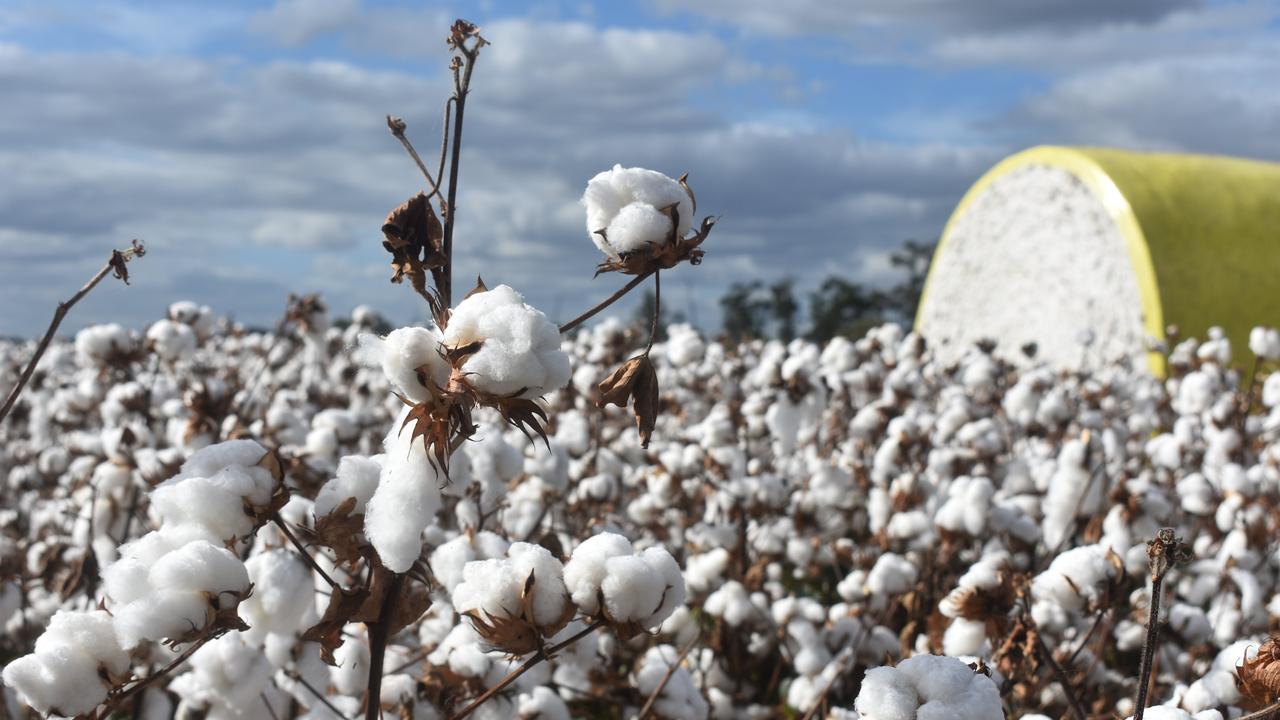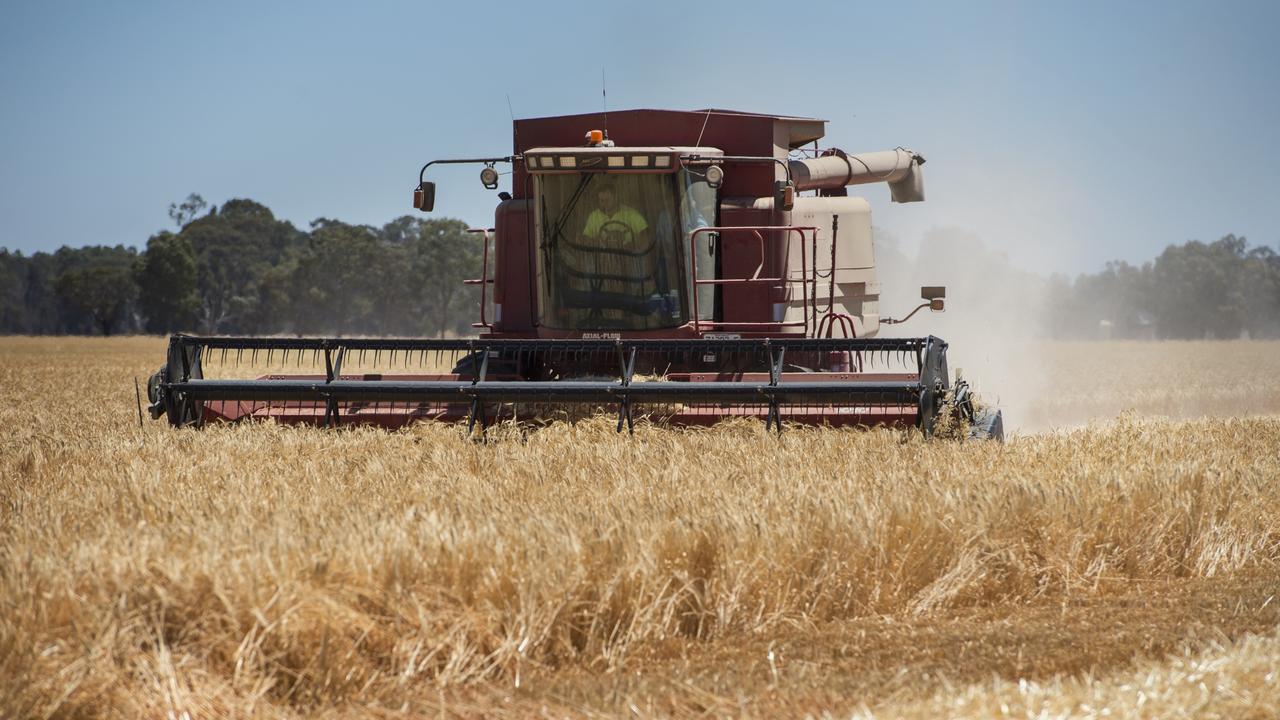Straw study to examine energy options
FARMERS around Streatham are getting serious about finding new markets for straw.

FARMERS around Streatham are getting serious about finding new markets for straw.
They want to be able to bale and sell the cropping byproduct and reduce the amount of stubble burnt in the area.
A new $95,000 project — backed to the tune of $60,000 by the Victorian Government’s Food Source Victoria program — will investigate the potential of converting straw into bioenergy or other value-adding products.
Stoneleigh’s Colin Fraser is one of a group of nine Western District farmers involved in the project.
Once the feasibility study is done, he hopes it leads to a straw processing plant being built.
Many farmers in the region would like to move away from burning stubbles but the heavy crops made it difficult.
“I’ve always wondered how we could use the straw, you see it used in plants in Europe,” Mr Fraser said.
“For every tonne of grain that is produced there is about a tonne of straw, and here we can get eight tonne crops, so there is a lot of straw that could be put to use.”
Mr Fraser said if farmers had a market for the byproduct they would be able to move to more no-till and direct drilling methods and conserve more moisture and organic matter in their soil.
“I think it is very likely a plant will go ahead in this area,” he said.
The study will investigate various potential markets for straw pellets — from energy production to use as mulch in gardens, bedding material used in intensive agriculture or even the horse industry — and the enterprise’s feasibility.
In addition to government funding, the project is also supported by the consortium of farmers, Cultivate Agribusiness Central Highlands, the Pyrenees Shire Council and the City of Ballarat. Regional Victoria parliamentary secretary Danielle Green launched the project this week, and said the study was a great example of collaboration between industry, government and local communities.
“Encouraging regional innovation is essential to ensure local industry goes from strength to strength, jobs are secure and local communities continue to be great places to work and live,” she said.


